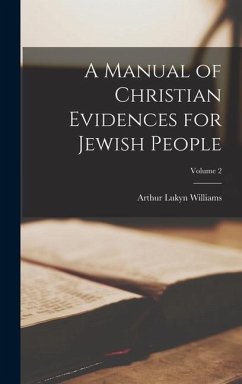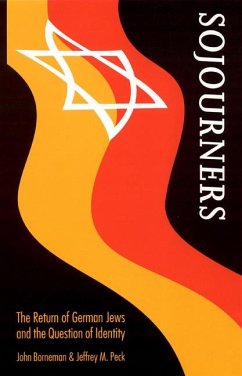
Jewish History in Conflict
A Study of the Major Discrepancy between Rabbinic and Conventional Chronology
Versandkostenfrei!
Versandfertig in über 4 Wochen
80,99 €
inkl. MwSt.
Weitere Ausgaben:

PAYBACK Punkte
40 °P sammeln!
Explores the famous dispute about the length of time that Persia ruled over the land of ancient Israel.













